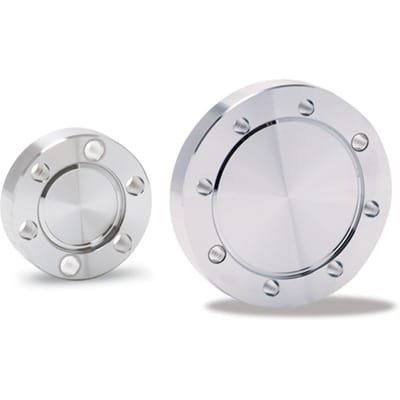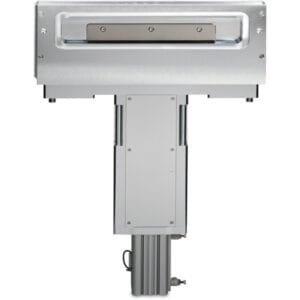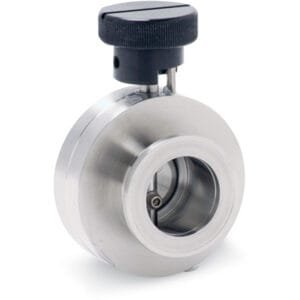Aluminum A2219 Standard ConFlat® (CF) UHV Flanges
Aluminum A2219 Standard ConFlat® (CF) UHV Flanges are lightweight, high-performance vacuum sealing components designed for ultra-high vacuum (UHV) systems. Manufactured from aerospace-grade Aluminum A2219 alloy, these vacuum flanges combine low outgassing, corrosion resistance, and excellent thermal conductivity—making them ideal for scientific instrumentation, space-grade vacuum chambers, and semiconductor processing equipment.
At TFM, we supply precision-engineered A2219 aluminum CF flanges that meet industry standards and ensure compatibility with a broad range of ConFlat vacuum components and metal gasket seals.
Key Features
✅ Aerospace-Grade A2219 Aluminum Material
Made from high-strength A2219 aluminum alloy, these ConFlat flanges are perfect for applications requiring high mechanical stability and minimal mass. A popular choice in vacuum technology used in aerospace and research.
✅ CF Standard Knife-Edge Design
Each flange features a knife-edge sealing geometry compatible with copper gaskets and standard CF components, ensuring leak-tight UHV connections even in high-temperature or cryogenic systems.
✅ Lightweight and Non-Magnetic
Compared to stainless steel flanges, aluminum UHV flanges offer a significant weight reduction and are naturally non-magnetic, ideal for electron microscopy, magnetically-sensitive devices, and particle accelerators.
✅ Excellent Thermal Conductivity
A2219 aluminum offers superior thermal transfer, beneficial in heat-sensitive vacuum environments, improving system stability and reducing thermal gradients across vacuum joints.
✅ Corrosion Resistant and Cleanroom Friendly
These flanges resist corrosion in dry UHV environments and are suitable for cleanroom operations, making them ideal for nanotechnology, vacuum optics, and photonics research.
Applications
Spacecraft UHV Chambers
Cryogenic UHV Systems
Thin Film Deposition Systems
Plasma and Ion Beam Instruments
Synchrotron and Neutron Beamlines
Vacuum-Compatible Thermal Assemblies
High-Energy Physics Equipment
Cleanroom-Grade Vacuum Hardware
Why Choose TFM?
TFM is a trusted supplier of vacuum flanges, ConFlat (CF) fittings, and UHV-compatible aluminum components. Our Aluminum A2219 CF UHV flanges are crafted with strict dimensional tolerances, tested for vacuum performance, and available in both standard and custom configurations.
Whether you’re building a UHV research chamber, upgrading your vacuum laboratory hardware, or designing a portable vacuum system, TFM’s Aluminum A2219 ConFlat® flanges deliver reliability, compatibility, and performance.
Ordering Table
| Flange Size/OD | Type | Flange Material | Part Number |
| Fixed | A2219 Aluminum | A2219 Aluminum | F0133A000N |
| Weldneck | A2219 Aluminum | A2219 Aluminum | F0133A055W |
| Fixed | A2219 Aluminum | A2219 Aluminum | F0275A000N |
| Weldneck | A2219 Aluminum | A2219 Aluminum | F0275A150W |
| Fixed | A2219 Aluminum | A2219 Aluminum | F0450A000N |
| Weldneck | A2219 Aluminum | A2219 Aluminum | F0450A250W |
| Fixed | A2219 Aluminum | A2219 Aluminum | F0600A000N |
| Weldneck | A2219 Aluminum | A2219 Aluminum | F0600A400W |
| Fixed | A2219 Aluminum | A2219 Aluminum | F0800A000N |
| Weldneck | A2219 Aluminum | A2219 Aluminum | F0800A600W |
| Fixed | A2219 Aluminum | A2219 Aluminum | F1000A000N |
| Weldneck | A2219 Aluminum | A2219 Aluminum | F1000A800W |





Reviews
There are no reviews yet.